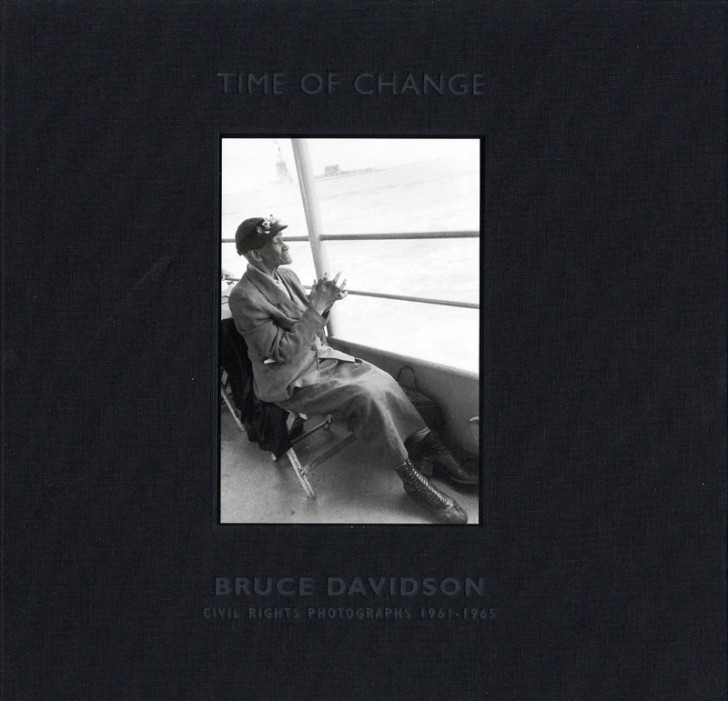79, rue des Archives
75003 Paris
01 40 61 50 50
Visit us

“There are two reasons to buy Time of Change: First, it’s flat-out the best photography book about the civil-rights movement; second, it unfolds like a great political drama, beginning in New York in 1961 and ending in the South during the mid-’60s marches.The ability to enter so sympathetically into what seems superficially an alien environment remains Bruce Davidson’s sustained triumph; in his investigations he becomes the friendly recorder of tenderness and tragedy. –Henry Geldzahler, Bruce Davidson is my friend, and his pictures are also my friends. –Henri Cartier-Bresson, Few contemporary photographers give us their observations so unembellished–so free of apparent craft or artifice. The presence that fills [Bruce Davidson’s] pictures seems the presence of the life that is described, scarcely changed by its transmutation into art. –John Szarkowski. On May 25, 1961, Bruce Davison joined a group of Freedom Riders traveling by bus from Montgomery, Alabama to Jackson, Mississippi. The actions of these youths challenged and disobeyed federal laws allowing for integrated interstate bus travel. These historic episodes, which ended in violence and arrests, marked the beginning of Davidson’s exploration into the heart and soul of the civil rights movement in the United States during the years 1961-1965. In 1962, Davidson received a Guggenheim Fellowship and continued documenting the era, including an early Malcolm X rally in Harlem, steel workers in Chicago, a Ku Klux Klan cross burning near Atlanta, farm migrant camps in South Carolina, cotton picking in Mississippi, protest demonstrations in Birmingham, and the heroic Selma March that led to the Voting Rights Act of 1965, which was instrumental in changing the political power base in the segregated Southern states. In the 140 photographs collected here, many of which have never before been published, we see intimate and revealing portraits of Dr. Martin Luther King Jr., John Lewis, and other leaders made by Davidson during those turbulent times. These images describe the mood that prevailed during the civil rights movement with a lyrical imagery that is both poignant and profound. As Davidson bears witness to these historical events, and documents the degradation and segregation that were endured, he gives testimony to the struggle for freedom, equality, justice, and human dignity.”
out of stock